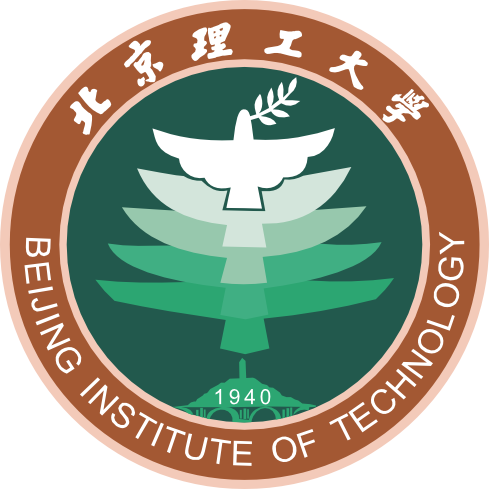The Origin of [2+2] Photocycloaddition Reaction in Solid State Driving ACQ-to-AIE Transformation
The transformation of aggregation-caused quenching (ACQ) to aggregation-induced emission (AIE) through solid-state photochemical reactions is highly valuable for the development of luminescent materials. Herein, the [2+2] photocycloaddition mechanism of ACQ-typed t-2FSBO and the luminescent properties of its AIE-active isomer products, t-2FPCBO and c-2FPCBO, are thoroughly investigated by employing the polarizable continuum model and the hybrid quantum mechanics and molecular mechanics approach. It is found that the solid-state [2+2] photocycloaddition of two t-2FSBO molecules involve five steps, including photoexcitation (PE), intersystem crossing (ISC), the first C-C bond formation, another ISC to the singlet diradical, and direct radical combination to form a second C-C bond. Especially, the first C-C bond formation step is the rate-determining step, which determines the generation of three different regioselective cycloaddition products (t-2FPCBO, c-2FPCBO-b, and c-2FPCBO-y). Upon aggregation, the fluorescence quantum yield of both t-2FPCBO and c-2FPCBO enhanced, because of the blocking of the non-radiative decay channels. The AIE effect of t-2FPCBO is dominant by suppression of the low-frequency rotational motions of benzoxazole and difluorophenyl groups, while that of c-2FPCBO is attributed by the restriction of the low-frequency rotational motion of difluorophenyl group and the high-frequency C-C bond stretching vibrations of cyclobutane. Moreover, the similar emission wavelength of t-2FPCBO and c-2FPCBO demonstrate significant differences in crystalline state. Upon aggregation, t-2FPCBO exhibits blue-shifted emission, supported by the increased energy gap, while that of c-2FPCBO is red-shifted, because of the enhanced intramolecular conjugation. This study opens an efficient and straightforward way to the rational design of efficient AIE materials.
